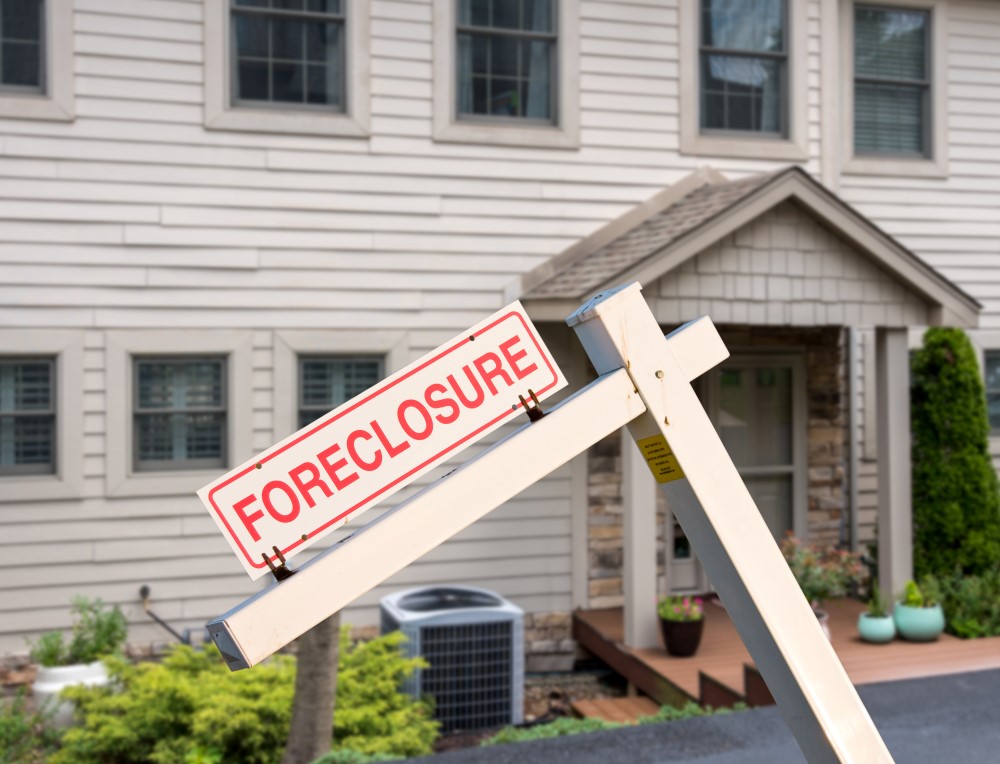
16 May 5 Key Steps to Navigate Foreclosure Proceedings in Alberta
In recent years, Alberta has seen a significant rise in foreclosures, mainly due to economic changes and recessions that have made it challenging for numerous homeowners to fulfill their mortgage obligations. Foreclosure is not just a legal process; it represents a significant financial and emotional upheaval for those involved. Understanding the steps involved in foreclosure proceedings is crucial for any homeowner facing this daunting situation. We aim to demystify the process and offer practical steps for navigating through it with as much ease as possible.
1. Early Intervention and Communication with Lender
The first step in managing a potential foreclosure is to engage in early communication with your lender. Once financial troubles seem imminent, contacting the lender can lead to possible solutions that may prevent the foreclosure from initiating. Lenders are generally receptive to working out plans that avoid foreclosure due to the high costs and lengthy processes involved. Options such as loan modification, refinancing, or even temporary forbearance may be available. These measures can provide the breathing room needed to reorganize finances without the immediate threat of losing one’s home.
Engaging with lenders early is not just about seeking temporary relief, but about exploring all options to restructure or reassess your loan obligations. It’s important for homeowners to understand that lenders often prefer alternatives to foreclosure. The alternatives can include new payment plans that match the homeowner’s current financial situation, helping them keep their home and potentially prevent more harm to their credit scores.
2. Understanding Legal Notices and the Demand Letter
Receiving a legal notice or a demand letter from a lender is a clear indicator that the foreclosure process is about to begin. These documents are critical as they formally initiate the foreclosure and outline what the homeowner needs to do to counteract the proceedings. The demand letter, often issued after a second missed mortgage payment, will detail the amount in arrears and the deadline for settling these payments to avoid further legal actions.
It’s imperative for homeowners to not ignore these notices. Responding promptly to the demand letter can open up negotiations with the lender, potentially leading to arrangements that could delay or halt the foreclosure process. Legal advice during this stage is invaluable, as an experienced lawyer can help interpret the notices and formulate a response that protects the homeowner’s interests, possibly exploiting any inaccuracies or technicalities in the lender’s documentation to the homeowner’s advantage.
3. Navigating the Court System: Filing a Statement of Defence
The next critical step for homeowners facing foreclosure is understanding their legal rights and options within the court system, specifically the opportunity to file a Statement of Defence. This legal document is vital if there are significant discrepancies or errors in the foreclosure documentation provided by the lender. Filing a Statement of Defence challenges the foreclosure’s validity based on reasons such as incorrect loan amounts, misidentification, or procedural errors.
The process of filing a Statement of Defence is not only a legal right but a crucial defensive tactic that can delay the foreclosure process, allowing homeowners more time to rectify their financial situation or find other housing options. However, it’s important to note that this step can be costly, and it’s essential to consult with a legal advisor to ensure that the defense is substantive enough to warrant such an action. Homeowners should be prepared for the potential financial burden, as legal fees and court costs can accumulate quickly.
4. Exploring Redemption and Judicial Sale
Understanding and utilizing the redemption period is another pivotal step in navigating foreclosure. This period allows homeowners a designated timeframe to repay the outstanding mortgage balance and retain their property. The length and terms of the redemption period can vary, but it typically extends from three to six months, depending on the court’s discretion and the specifics of the mortgage agreement.
If the homeowner is unable to repay the debt during the redemption period, the property may be put up for a judicial sale, overseen by the court. This sale process ensures that the property is marketed properly and sold at a fair price. Proceeds from the sale are used to repay the mortgage and any associated legal costs, with any remaining funds returned to the homeowner. Engaging a real estate agent experienced in foreclosure sales can be beneficial, as they understand the complexities of selling under such conditions and can help maximize the sale price.
5. Post-Foreclosure: Rights and Next Steps
After the completion of a foreclosure, it’s essential for former homeowners to understand their rights and the subsequent steps they can take. One significant right is the claim to any surplus funds if the sale of the property exceeds the mortgage and other associated costs. This scenario can provide some financial relief after the loss of a home. Additionally, understanding the implications of a deficiency judgment is crucial; this occurs when the sale does not cover all debts, and the lender may pursue the homeowner for the remaining balance.
Former homeowners should also consider the impact of foreclosure on their credit score. It’s important to take proactive steps towards rebuilding credit, which might include securing small, manageable lines of credit and consistently meeting payment obligations. Consulting with a financial advisor can provide strategies tailored to individual circumstances, helping pave the way for financial recovery and future homeownership opportunities.
Conclusion
Navigating the foreclosure process in Alberta requires a clear understanding of one’s rights and available legal avenues. From the initial stages of communication with the lender to understanding post-foreclosure rights, each step carries significant implications for a homeowner’s financial and personal life. Proactive engagement, informed decisions, and timely actions are crucial in mitigating the impacts of foreclosure. Homeowners facing this challenging situation are encouraged to consult OLEX Legal directly for personalised advice that is tailored to their specific situation and to navigate the process effectively.
Foreclosure doesn’t just end with the loss of a property; it begins a new phase of financial management and recovery. Being informed and prepared can significantly ease the transition and lead to better outcomes in the future.
Disclaimer: This article is provided by OLEX Legal for informational purposes only and is not legal advice. The information is not guaranteed to be correct, complete, or up-to-date, and should not be considered legal advice for any individual case or situation.
This content does not create an attorney-client relationship. The legal field is dynamic, and content may not reflect recent legal changes. Opinions expressed are those of the authors and may not represent the firm’s views.
For personal legal advice, please contact OLEX Legal directly.




















































